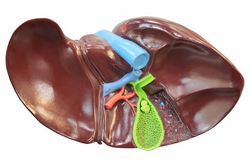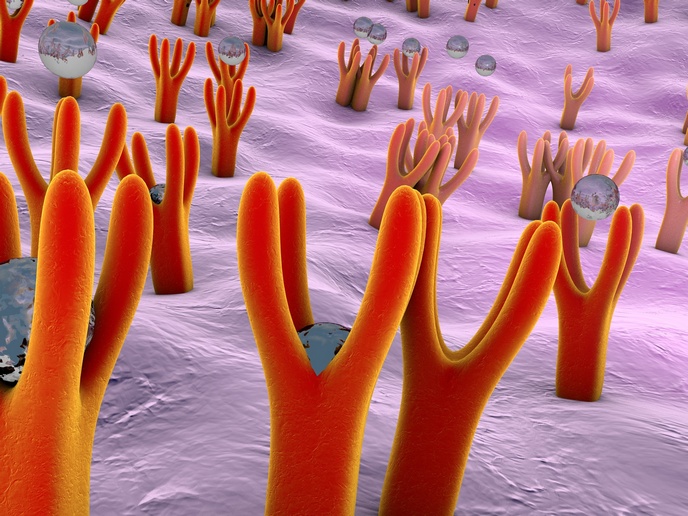Bioartificial liver for therapy
The liver is one of the most well studied organs in the human body and plays a central role in endogenous and exogenous metabolism. Hepatic tissue finds a wide range of in vivo and in vitro applications including transplantation, toxicology, and drug metabolism. The shortage of suitable liver donors necessitates the development of in vitro and ex vivo technologies that can reliably recapitulate liver function. Such functional bioartificial livers could also be integrated into devices, essential for treating acute liver failure and other metabolic liver disorders. The idea behind the EU-funded RE-LIVER (Bottom-up reconstitution of a biomimetic bioartificial liver) project was to develop an organ-like product for in-vitro investigations as well as therapeutic applications. This liver organoid was based on a synthetic equivalent of the human extracellular matrix (ECM) seeded with autologous or allogenic cells. Researchers performed extensive optimisation of the architecture and surface functionalisation of the different scaffolds employed for liver tissue engineering. They explored several options to choose the appropriate cellular component for therapy and in vitro investigations for the organoid. Screening of the liver organoids helped demonstrate good metabolic activity, stability and reproducibility. Scientists also developed a number of tools such as culture plates and bioreactors that improved the physiological relevance of in vitro cell-based assay systems. Among the major clinical achievements of RE-LIVER were the development of therapeutic cells for treatment of haemophilia A and liver organoids for acute liver failure disease. Both products were tested in animals through direct implantation into the mesentery using a fibrin glue or a biological scaffold. They proved safe demonstrating their potential for further preclinical and clinical development. Taken together, the activities of RE-LIVER significantly enhanced scientific knowledge with regard to the development of advanced therapeutic medicinal products. Importantly, they opened new avenues for the treatment of chronic liver diseases.







